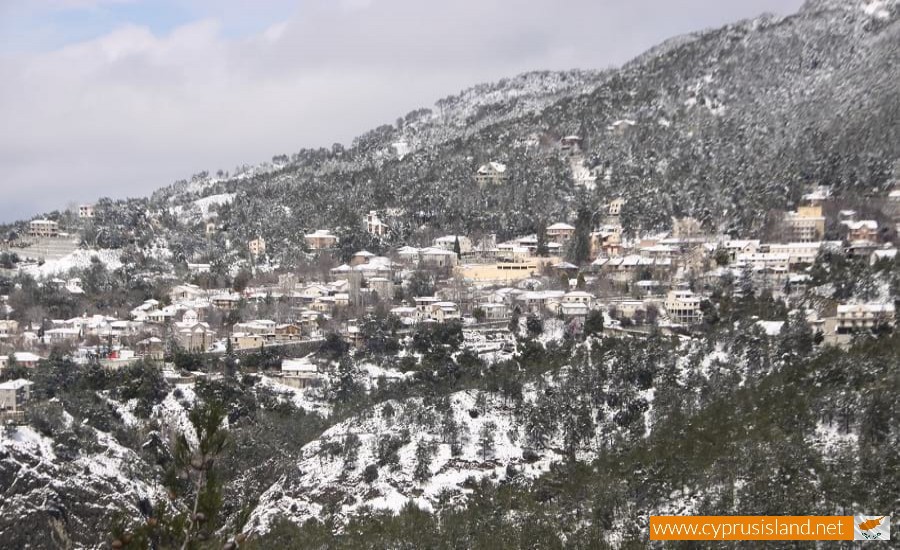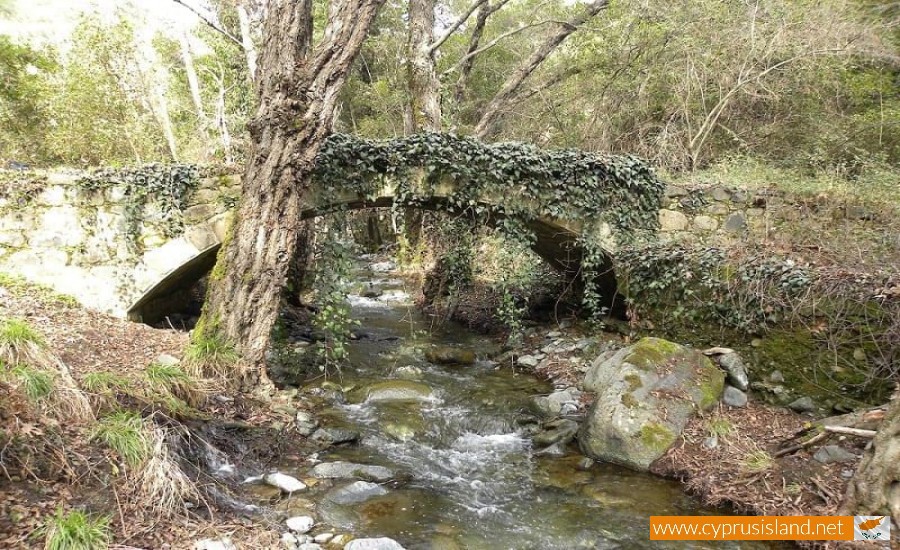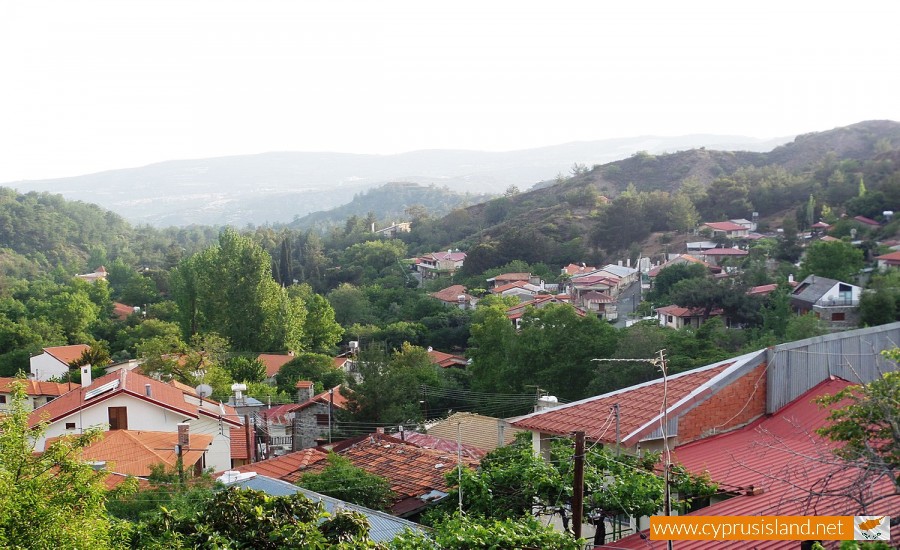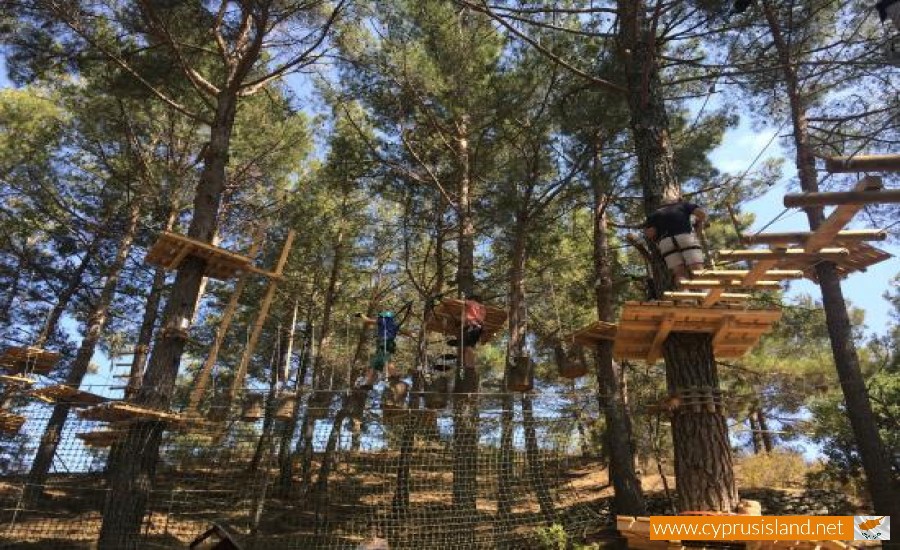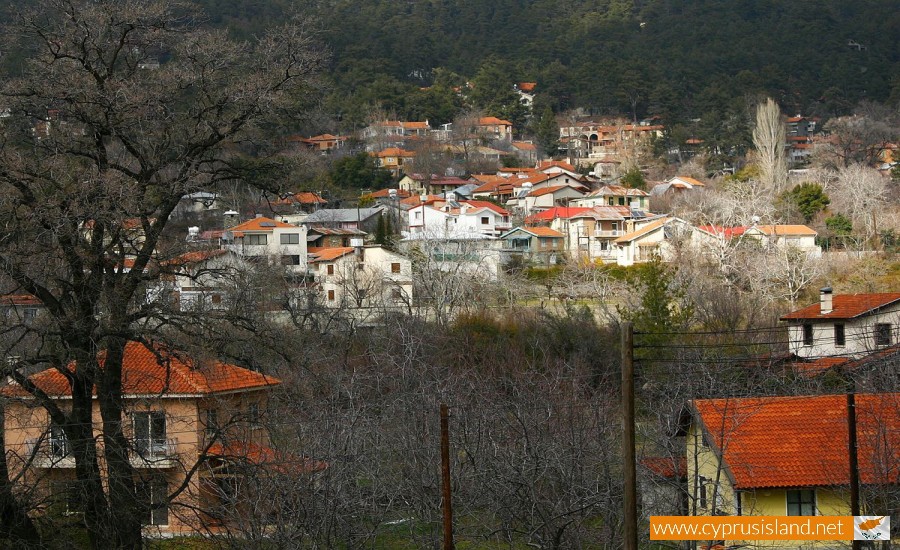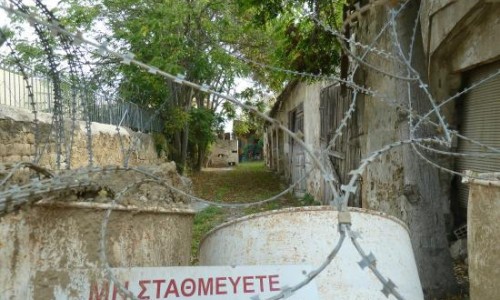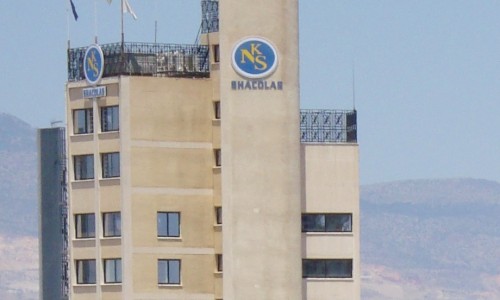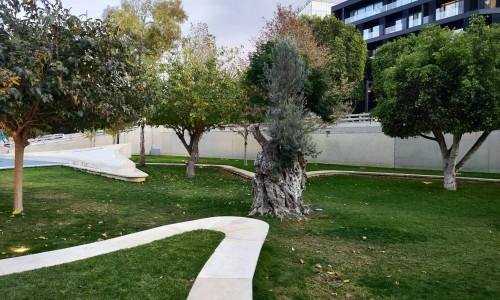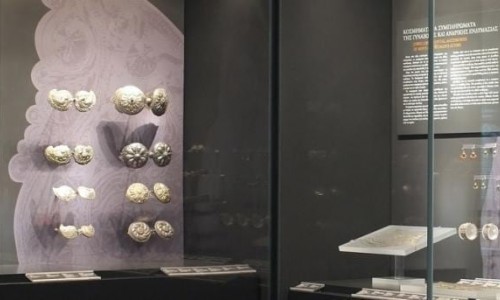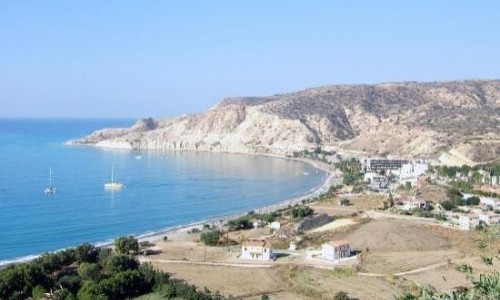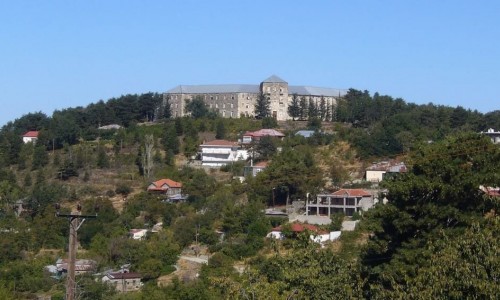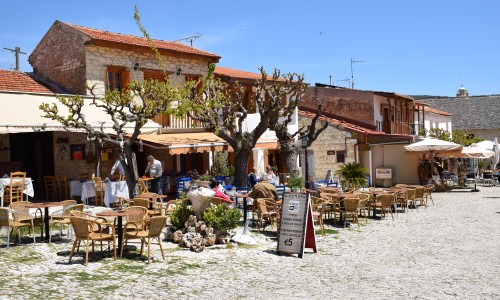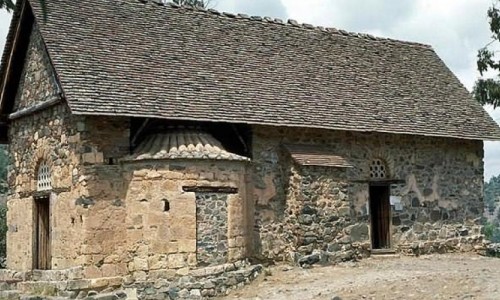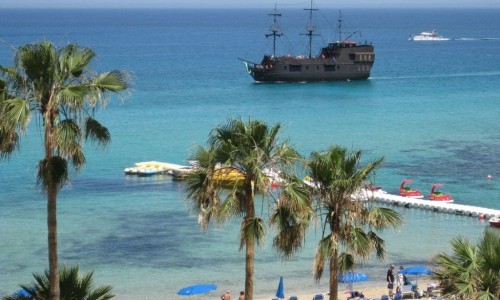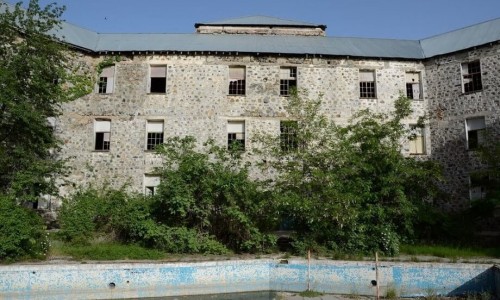Platres Village
Platres village is located in the southern slopes of the Troodos mountain in the Limassol district and is one of the Krasochoria villages (Greek: Κρασοχώρια).
The word Krasochoria means wine villages. The village of Platres is considered to be the biggest Troodos resort and is situated about 6 km from Troodos square. It is 25 km north-west of Limassol and 45 km south-west of Nicosia. The history of Platres is very old and goes back to the Lusignan Era (1192-1489 AD) and the Venetian Era (1489-1571 AD).
There are three versions for the name of the village:
- The word Platra (Platres in plural) which refers to the one who weaves and sells the farmers’ sails.
- According to written testimonials Platres was a feud during the Frankish period and has kept this name ever since. The French word platres translates to white, gypsum and others. There is also information that that there was a Frankish monastery at the south side of Troodos, and the monks dressed in white and called themselves Platrai.
- The village received its name from the word platsa, which then became Platra and was then altered to Platres (plural).
Platres is split into Pano Platres and Kato Platres. Pano Platres is the name which was given to the village recently, after the village of Tornarides (a smaller residential settlement - 3km to the south-west) was renamed to Kato Platres. Both, locals and tourists though refer to the village of Pano Platres with its original name, Platres. The average population of Platres is about 500 residents but this increases dramatically during the summer. In the previous years, people who lived in Platres were mostly vine growers and shepherds. Later most vineyards were changed to orchards, producing cherries, apples, pears, peaches and various others.
Platres has a dry climate during the summer months with little or no humidity and with temperatures lower than those of the towns. Platres has the highest amount of rainfall, which is due to the thick forest and the rich vegetation which surrounds the village.
During the early 20th century, most of the villagers were dedicated to the fast growing tourism sector and they have managed to make Platres a very popular destination for both locals and non-locals. As the years passed by , the village became a destination of choice and many notable people visited Platres. Some of them include the King Farouk of Egypt and the Nobel Prize-winning poet Giorgos Seferis. During the King Farouk’s visit at Platres, a new drink was created called the Brandy Sour cocktail which is intimately associated with Cypriot cuisine during the late 1930s at the Forest Park Hotel in Platres. Another notable person who visited Platres is the British writer Daphne du Maurier who composed the majority of her acclaimed novel Rebecca during her stay.
The Platres village include many nature trails and well as cycling routes. The most popular nature trails include the Kalidonia nature trail which passes from the Kalidonia Waterfall and the Millomeris Nature Trail that leads to the Millomeris Waterfall.


